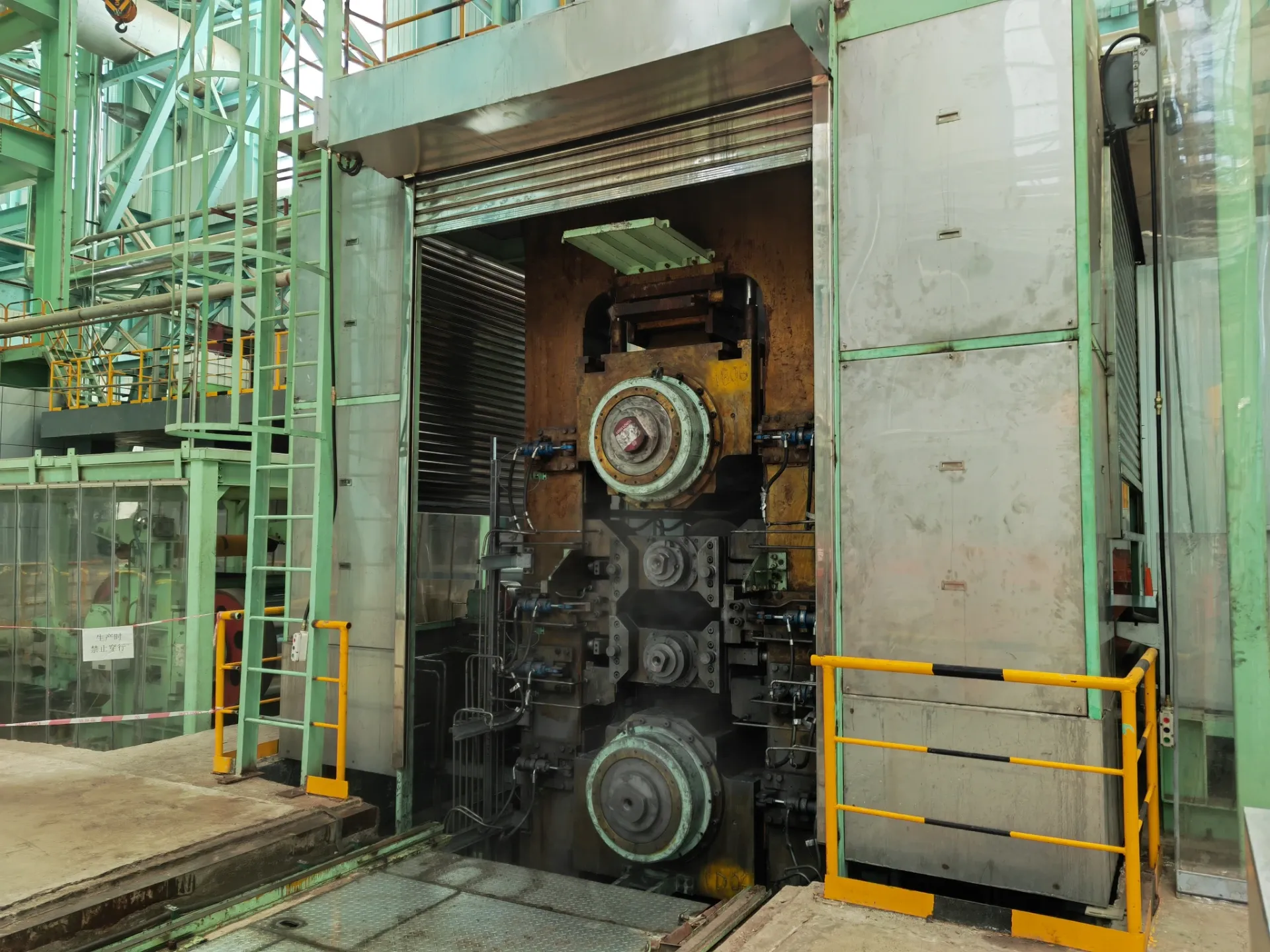
The Role of Temper Mill in Bright Annealing Line Applications
In the steel and stainless steel manufacturing industry, the temper mill is a vital piece of equipment used to refine the mechanical properties and surface quality of metal strips. When integrated into a bright annealing line, the temper mill operation plays a critical role in ensuring the final product meets high standards of surface finish and dimensional accuracy.

Bright annealing lines are designed to heat-treat stainless steel or other metals in a controlled atmosphere to prevent oxidation, resulting in a bright, scale-free surface. The addition of a temper rolling mill further enhances the material's characteristics, making it suitable for high-precision applications.
The Significance of Temper Rolling in Bright Annealing Lines
Temper rolling, also known as skin passing, is a light cold rolling process that follows the bright annealing stage. In a bright annealing line, the metal strip is heated to a specific temperature and then cooled in a controlled atmosphere to achieve the desired metallurgical properties. After annealing, the temper rolling mill applies a minimal reduction in thickness, typically between 0.5% and 3%, to improve the strip's surface finish, flatness, and mechanical properties. This process is essential for eliminating yield point elongation, which can cause surface defects during forming operations, and for ensuring the material is ready for high-end applications.
Functionality of the Temper Pass Mill in Bright Annealing Lines
In bright annealing lines, the temper pass mill is positioned after the annealing furnace and cooling section to process the heat-treated strips. The mill applies controlled pressure to the strip, improving its surface texture, flatness, and uniformity. This step is particularly important for applications requiring a mirror-like finish, such as in decorative panels, kitchen appliances, and automotive trim.
Integration of Temper Rolling Mills in Rolling Factories
In modern rolling factories, the integration of temper rolling mills into bright annealing lines is a standard practice. This integration ensures a seamless transition from annealing to temper rolling, optimizing production efficiency and product quality. The temper rolling mill is equipped with advanced automation systems that monitor and adjust rolling parameters in real-time. This precision is critical for maintaining consistent thickness, flatness, and surface finish across the entire metal strip, ensuring it meets the stringent requirements of high-precision industries.
Benefits of Temper Mill Operation in Bright Annealing Lines
The temper mill operation in bright annealing lines offers several key benefits:
Superior Surface Finish: The temper rolling process enhances the metal's surface quality, achieving a bright, reflective finish that is free from defects.
Improved Mechanical Properties: Temper rolling eliminates yield point elongation, enhancing the material's formability and reducing the risk of surface defects during forming operations.
Dimensional Accuracy: The process ensures precise control over thickness and flatness, which is essential for high-tolerance applications.
Consistency and Uniformity: The temper rolling mill ensures uniform mechanical properties and surface characteristics across the entire strip, improving product reliability.
Increased Efficiency: By integrating the temper rolling mill into the bright annealing line, manufacturers can streamline production and reduce downtime.
By incorporating a temper rolling mill into the bright annealing process, manufacturers can achieve superior product performance, consistency, and efficiency. This integration is a key strategy in modern metal manufacturing, enabling the production of materials that excel in both functionality and aesthetics.
-
Indian Clients Visit YWLX to Inspect Skin-pass MillNewsJun.22,2025
-
Typical Products from Reversing Cold Rolling ProcessNewsMay.26,2025
-
Surface Finish Improvement through Skin Pass RollingNewsMay.26,2025
-
Integration of AGC Systems in Modern Cold Rolling MillsNewsMay.26,2025
-
Cold Rolling in the Context of High-Strength Steel DemandNewsMay.26,2025
-
AGC in Hot Rolling Mills: Challenges and SolutionsNewsMay.26,2025
-
Why Reversing Cold Rolling Mills Are Ideal for Specialty MetalsNewsMay.13,2025










